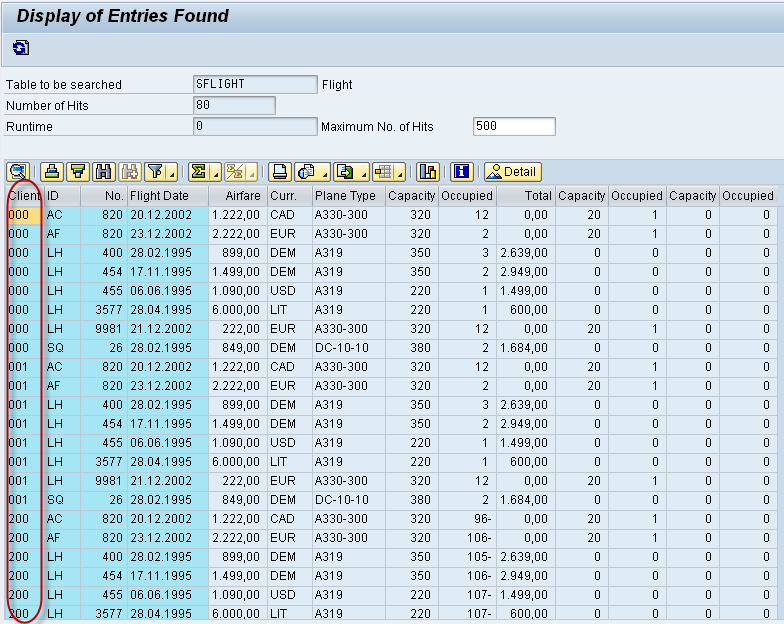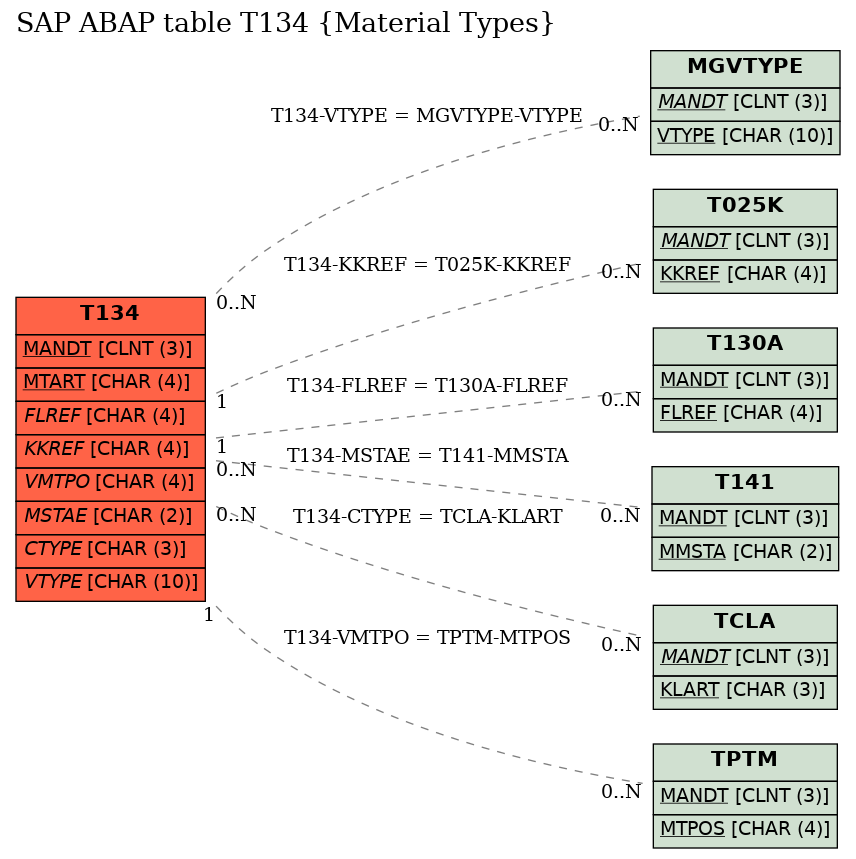

Internal purposes, such as storing control data or update texts etc. It does not generally appear in the ABAP/4 Dictionary. This structure serves as interface for the runtimeĮnvironment. Templates that use a structure are automatically adjusted when the structureĪn append structure defines a set of fields that belong to another table or structure but are treated in the correction management as a separate object.Įx: ISAUTOLAB- IS AUTOMOTIVE Enhancements in EKPO The active ABAPĭictionary makes this change at all relevant locations. The data at the interface of module pools and screens and to define the typesĬan be changed centrally because they were defined centrally. A component can have an elementary type, a structured type, a table type or reference type


This is for internal purposes, such as storing control data or update texts etc.Ī structure (structured type) consists of components (fields) whose types are defined. Several cluster tables are stored in one corresponding table on the database. To combine tables in clusters, at least parts of the keys must agree. This permits object-by-object storage or object-by-object access. Several logical lines of different tables are combined to form a physical record in this table type. Several cluster tables can be combined to form a table cluster. This is for internal purposes, such as storingĮx: Material Info Record (Plant-Specific)- A017Ĭluster tables contain continuous text, for example, documentation. To a physical table on the database in which all the records of the allocated Pooled tables can be combined to form a table pool. screen sequences, program parameters or temporary data). Pooled tables can be used to store controlĭata (e.g. The names of the physical tables and the logical table definition in the ABAP/4 Dictionary correspond. There is a physical table on the database for each transparent table. I have provided the details of those tables and structures along with examples in this document.

ABAP Package transportable and non transportable.ABAP Data types Local data type and Global data type.ABAP modularization technique Subroutines.ABAP modularization technique Function Modules.ABAP modularization technique Include Programs.Object Oriented ABAP Local Class Instance Attributes, Static Attributes and Constants.Object Oriented ABAP Local Class Instance Methods Static Methods Functional Methods.Object Oriented ABAP Instance Constructor in Local Class.Object Oriented ABAP Static Constructor in Local Class.Object Oriented ABAP Self Reference variable ME.Object Oriented ABAP Generalization, Specialization and Inheritance.Object Oriented ABAP Inheritance Implementation in Local Class.Object Oriented ABAP Class visibility sections.Object Oriented ABAP method redefinition and super keyword.Object Oriented ABAP Constructor Inheritance.ABAP Database Table create secondary index.SAP ABAP Domain fixed values and value range.ABAP database Table foreign key relationship.Remember that there can always be an exception. The good part is that SAP follows a naming convention and the blow table highlights the common naming convention. Some common tables of SAP FI and its relationship with other tables is shown below. This is not the complete list of SAP MM tables. Processīelow is a simplified relationship diagram of SAP Materials Management table. These tables will be used frequently throughout this course. SAP has tables with Header and Item relationship and below I am displaying a limited list of header and items tables for learning purpose. It is good idea to get familiar with SAP standard tables.


 0 kommentar(er)
0 kommentar(er)
